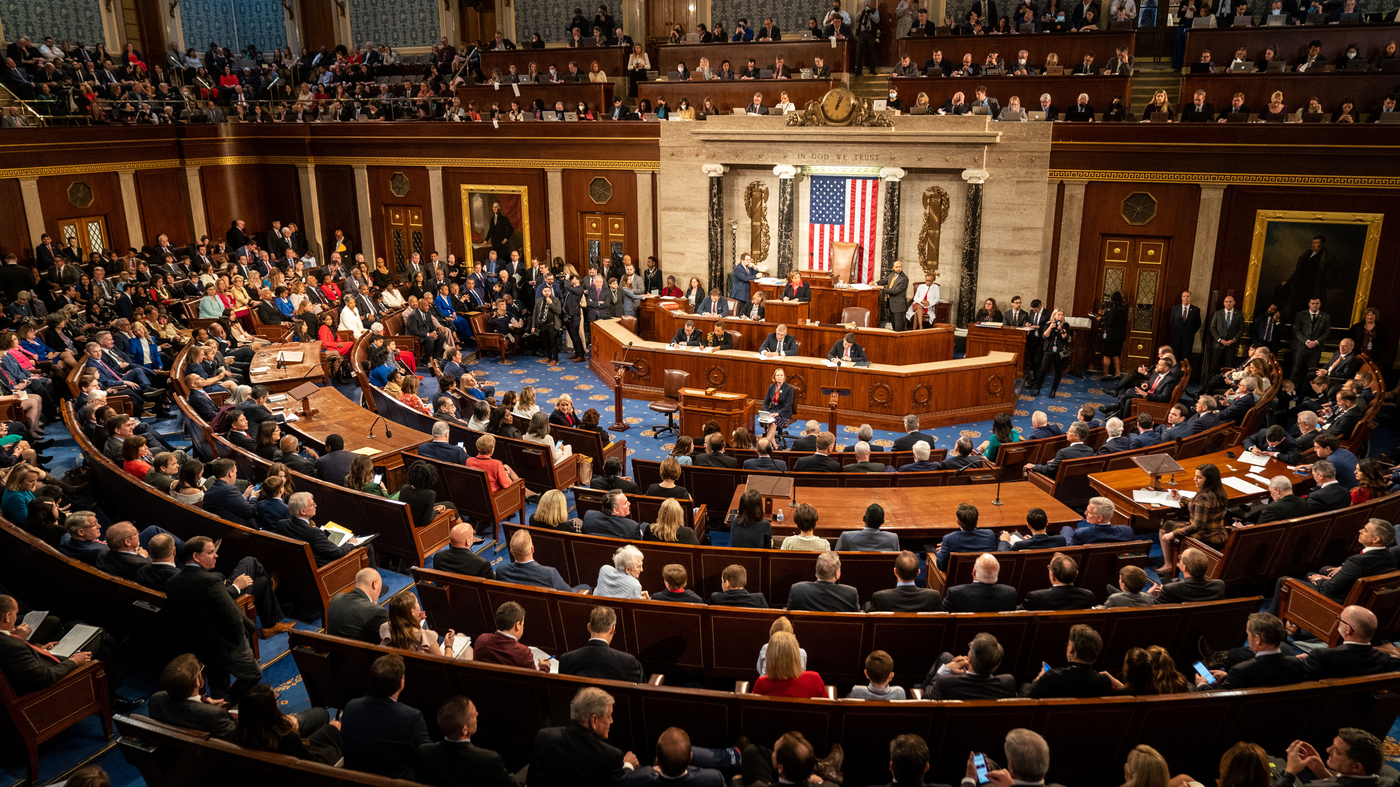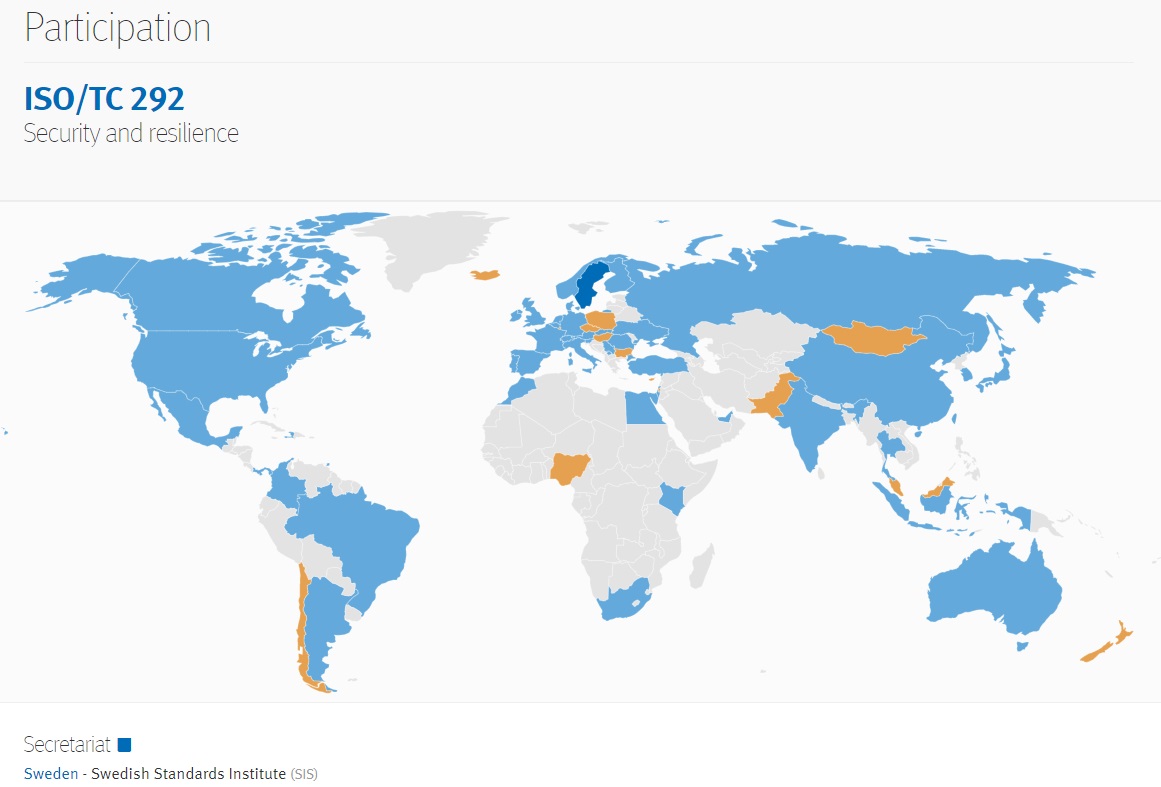H.R. 43 Rural Broadband Window of Opportunity Act
- Home Page 264

Ted Wallace & His Campus Boys
This content is accessible to paid subscribers. To view it please enter your password below or send mike@standardsmichigan.com a request for subscription details.
Fleet
This content is accessible to paid subscribers. To view it please enter your password below or send mike@standardsmichigan.com a request for subscription details.
Electrical Rooms
This content is accessible to paid subscribers. To view it please enter your password below or send mike@standardsmichigan.com a request for subscription details.
Security and Resilience
Concerning times and seasons, brothers and sisters,
you have no need for anything to be written to you.
For you yourselves know very well that the day of the Lord will come
like a thief at night.
When people are saying, “Peace and security, ”
then sudden disaster comes upon them,
like labor pains upon a pregnant woman,
and they will not escape.
But you, brothers and sisters, are not in darkness,
for that day to overtake you like a thief.
For all of you are children of the light
and children of the day.
We are not of the night or of darkness.
Therefore, let us not sleep as the rest do,
but let us stay alert and sober.
1 Thessalonians 5:1-6
We follow the development of public policy documents produced by International Organization for Standardization technical committee 292 (ISO TC/292) because the concepts emerging from these committees for at least two main reasons:
a) they find their way into the assumed vocabulary of government security management regulations
b) as an global industry, the education industry should contribute to a common vocabulary for resilience concepts as a matter of collegiality and respect for global collaborators.
Admittedly, the time frame in which the blue sky conceptions of global committees become tangible to campus communities usually spans well beyond the tenure of most college and university presidents; much less the business leaders in the education industry who would be on the front line of assuring campus security.
From what we gather, the work products of TC/292 committees seem to tip-toe around the products of other ISO committees. The Business Plan — linked below — is a starting point for understanding why an international industry, with scholars collaborating with one another from all points of the globe, needs to understand where this standard is headed:
STRATEGIC BUSINESS PLAN: ISO/TC 292 Security and resilience
From the TC/292 Mission Statement:
The mission for ISO/TC 292 Security and resilience is to produce high quality standards to support nations, societies, industry, organisations and people in general. The purpose of these standards is to enhance and sustain the state of being free from danger or threat and to feel safe, stable, and free from fear or anxiety.
There are enough “trigger words” in this statement for the US education industry to pay attention. Based upon our experience the substance of standard will begin showing up in bibliographies of academic research papers first; then showing up in international studies course curricula, and ultimately in consensus documents setting the standard of care for strategies and management of security “systems”. We hazard a guess that it will take 6 to 12 years for this document to begin affecting security management decisions on college and university campuses; primarily in ANSI accredited safety standards — soon enough for a deep cycle industry.
The American National Standards Institute is the US Member Body to the ISO. The Swedish Standards Institute (SIS) is the global Secretariat. The North American Security Products Organization (NASPO) has replaced ASIS International as the US TAG Administrator. The landing page for news on NASPO consensus products is linked below:
Any stakeholder — and we mean either an academic or business user-interest from a school district, college or university — within the United States should communicate directly with NASPO. We will not be participating in the development of this product but we will maintain it on the standing agendas of our Risk and Global colloquia. See our CALENDAR for the next online meeting; open to everyone.
Issue: [16-128]
Category: Security, Risk, Global
Contact: Mike Anthony, Christine Fischer
More
ANSI-Accredited US Technical Advisory Groups to the International Standardization Organization
Harmonic Impacts on the Electrical Distribution Network by the Broad Usage of LED Lamps
This content is accessible to paid subscribers. To view it please enter your password below or send mike@standardsmichigan.com a request for subscription details.
v1.9.0
More:
The Julia Programming Language
The unreasonable effectiveness of the Julia programming language | Ars Technica https://t.co/LnFH1sAA8H
— Mathematics & Statistics St Andrews (@StA_Maths_Stats) November 22, 2020
Kentucky Derby
This content is accessible to paid subscribers. To view it please enter your password below or send mike@standardsmichigan.com a request for subscription details.
New update alert! The 2022 update to the Trademark Assignment Dataset is now available online. Find 1.29 million trademark assignments, involving 2.28 million unique trademark properties issued by the USPTO between March 1952 and January 2023: https://t.co/njrDAbSpwB pic.twitter.com/GkAXrHoQ9T
— USPTO (@uspto) July 13, 2023
Standards Michigan Group, LLC
2723 South State Street | Suite 150
Ann Arbor, MI 48104 USA
888-746-3670













